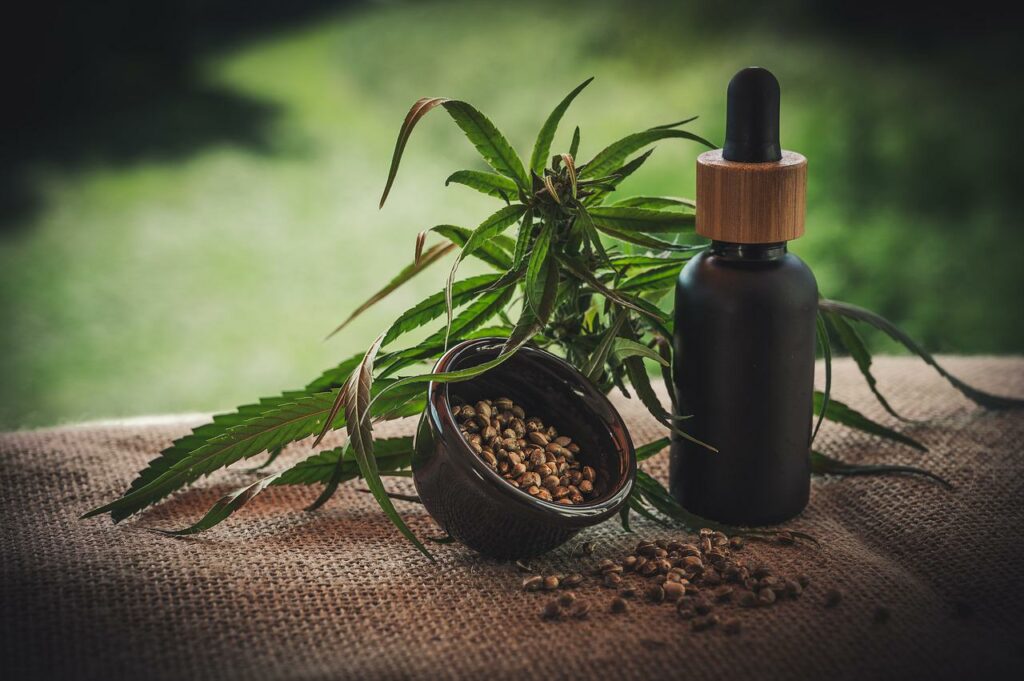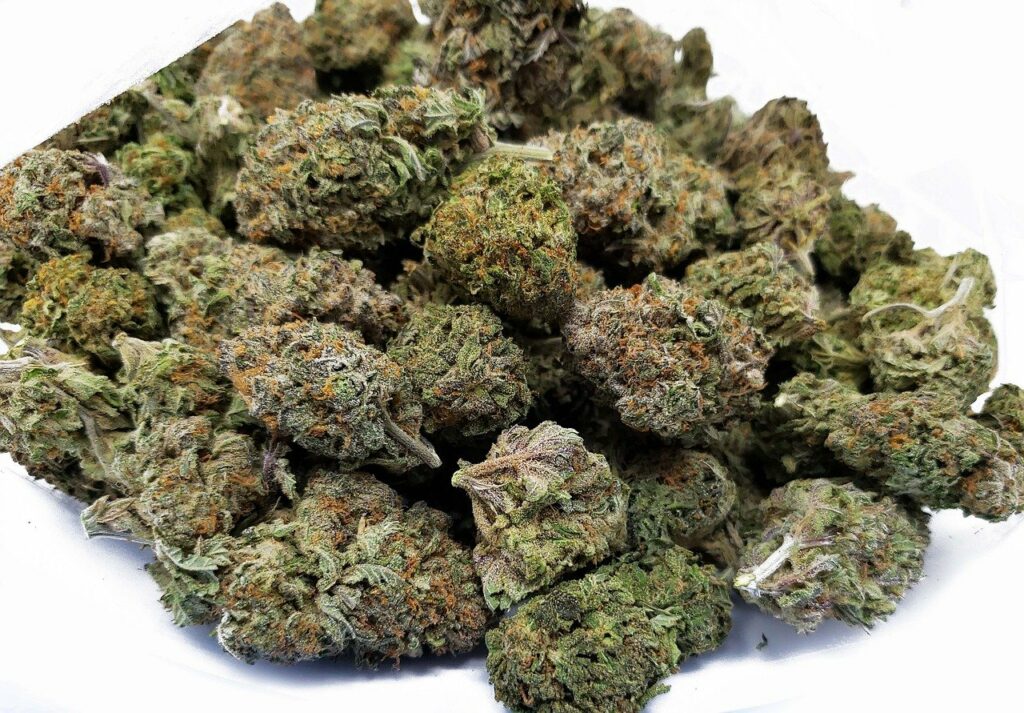
It’s fair to say that the legal cannabis industry has come a really long way over the past two decades or so. Evolving from a black market, an illegal, illicit drug sold on street corners in sketchy neighborhoods, to a widely legalized natural medicine with a vast array of astounding benefits and uses, both the public perspective and the state-level government’s view on cannabis have shifted significantly since then.
These days, the legal cannabis industry is worth billions and is only projected to grow even more in the coming years. Plain and simply out, it’s a legal cash cow that’s showing no signs of slowing down anytime soon. As a result of that ability to generate massive profits, the legal cannabis industry has been flooded with innovation and investment dollars as it’s risen to the mainstream. The result of that innovation has especially benefited medical patients.
Gone are the days when cannabis flower and some homemade pot brownies are the only ways to enjoy your cannabis. In fact, these days infused edibles are one of the fastest growing overall segments of the legal cannabis industry. Led by the popularity of weed-infused gummies, overall edibles sales grew by more than 20 percent in 2021 alone, increasing from $1.15 billion in 2020 to $1.38 billion. For some perspective on how impressive that is, every other cannabis industry category combined only grew by 18.4 percent over the same period.
So what’s the deal with edibles? Well, thankfully, we here at FadeMD are here to break that down for you here in this article. We’ll touch on what types of edibles are available for medical patients in the first place and then dig deep into some of the upsides of choosing edibles or other consumption methods.
So, with all that in mind, let’s get right into it!
The Basics of Edibles
Before we dig too deep into the benefits of picking up some edibles the next time you stop into your medical dispensary of choice, we first thought it would be valuable to dig a little deeper into the types of products you can get in the first place!
After all, if you’ve just picked up a medical cannabis card of your own and aren’t super familiar with what the average dispensary has to offer, your first visit and look at the menu can be a bit confusing.
First, we think it’s valuable to define the difference between edibles and other varieties of products. Given their name, the obvious first difference between the two lies in the name. Unlike cannabis flower, disposable vapes, and most concentrates, you won’t use your lungs to enjoy these products. Instead, it will be your stomach.
Whether it’s cannabinoid-infused gummies, candies, baked goods, beverages or other treats, tinctures, or capsules, all of them are absorbed through your stomach rather than your lungs (we’ll touch more on that later). With now innovative and creative the legal industry is, producers around the nation have figured out ways to infuse just about everything with cannabinoids. If you’ve had a sweet treat or beverage before, then you’ll likely be able to get a cannabinoid-infused version.
So with that in mind, let’s do a little bit of a deep dive into how and why opting for edibles is a great idea!

Reason 1: Edibles are Healthier than Smoking
It should come as no secret now that inhaling smoke isn’t the best thing for your respiratory and circulatory systems. Unfortunately, smoking cannabis can be no different. Especially coming off a respiratory-based global pandemic, it only makes sense for folks to be a little more careful with what and how they use their lungs.
Thankfully for the health-minded stoner, edibles are a safer, more health-conscious option! While pretty much all forms of smoking have been shown to be damaging to your lungs and circulatory system, edibles don’t carry that same risk. Swallowing down a pot brownie or a few drops of tincture won’t impact your lungs at all and will still deliver that cannabinoid power you’re looking for!
You’ll be able to enjoy a great body buzz without the same worries about that lingering stoner cough anymore!
Reason 2: Stronger, Longer Last Effects
Remember before how we touched on the cannabinoids being absorbed via your stomach rather than your lungs? Well, that’s an important factor in the effects you feel and how long your experience lasts as well!
It’s no secret that edibles take longer than smoking to kick in, but that also means that when they do kick in the last far, far longer than just smoking it does. The typical effects of an edible can last somewhere in the range of 6 to 8 hours, which is far longer than the 1-2 you’ll get from a joint or bong hits.
On top of that, the oncoming high is a more slow, gradual body high experience rather than a fast-onset headrush like most smoke sessions will give you. For medical patients, all of those things we just listed should be desirable traits of their overall cannabis experience. After all, most medical patients are looking for real, noticeable results when it comes to their various symptoms.
Sometimes, a more balanced, slow-moving, predictable experience is the way to go when it comes to cannabis. That’s where edibles shine the most!
Reason 3: Edibles are Discreet
While cannabis might be far wider legalized and accepted than it’s ever been, lighting up and enjoying your medicine in public places is still largely against the law and frowned upon. Even vapes, while less stigmatized than just lighting up, can still get you in hot water or end up getting tossed out at the entrances of concerts, airports, and such. Plain and simply put, edibles are the most discrete of any cannabinoid consumption method.
Whether it’s swallowing down some cannabis-infused gummies to put you to sleep before a flight, enjoying a pot brownie or infused soft drink out in public without getting hassled, or just looking to relieve your symptoms without setting off the smoke alarms in your apartment building, edibles are a great option of you’re looking to keep things under wraps and low-key!
Disclaimer: The information, including but not limited to, text, graphics, images and other material contained in this article is for informational purposes only. No material from this article is intended to be a substitute for professional medical advice, diagnosis, or treatment. Always seek the advice of your physician or other qualified health care provider with any questions you may have regarding a medical condition or treatment before undertaking a new health care regimen. Never disregard professional medical advice or delay in seeking it because of something you have read on this website.
